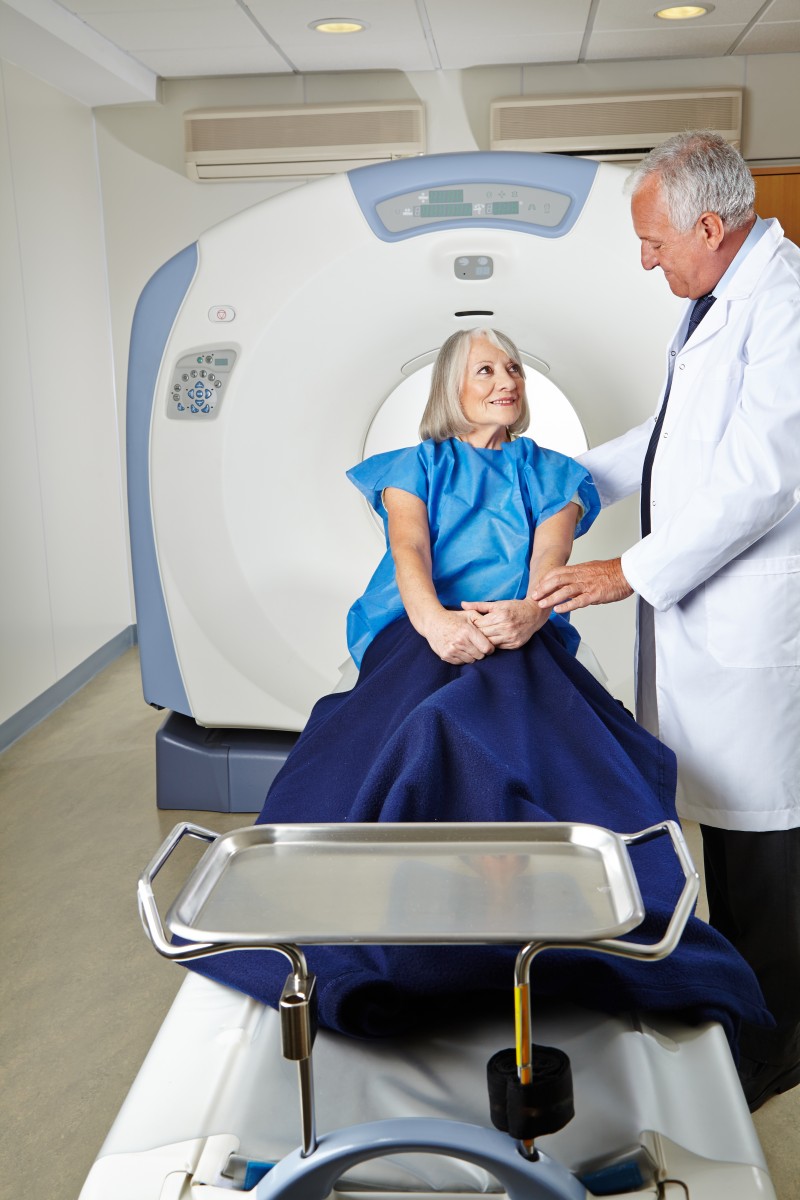The National Cancer Institute granted John M. Boone, a UC Davis professor of radiology and medical physicist, with an award of $2.88 million to advance and study computed tomography (CT) as a detection technique for breast cancer.
Dr. Boone is a pioneer researcher in computed tomography for the breast. For more than 15 years, he and a team of physicians and researchers have been working on developing the technology and have successfully developed four computed tomography breast CT scanners, each of them with consecutive improvements in spatial resolution.
The research, called “Breast CT: Final Steps to Translation,” will include 400 women who have been recognized as having suspicious lesions requiring breast biopsy with traditional methods.
This new project will compare mammography to breast CT in order to establish which method better detects lesions in the breast, which can eventually be confirmed to be cancerous.
The researchers will also compare contrast-enhanced breast CT with contrast-enhanced magnetic resonance imaging (MRI). In MRI, clinicians inject a contrast agent in the patients in order to differentiate vascular tumors, such as those found in the breast.
The aim of the first comparative analysis is to understand if breast CT is better at detecting lesions that will eventually be malignant.
“Because breast cancer can present as both soft tissue masses and as micro-calcifications, this means that our newest scanner needs to detect both better than digital mammography,” he said in a recent news release. “Only then will breast CT technology be able to improve breast cancer detection rates in women at normal risk for breast cancer.”
The goal of the second comparative analysis is to demonstrate the effectiveness of breast CT with contrast compared to MRI, and if the technique takes less time for both the patient and the radiologist diagnostic assessment.
“If shown to be equivalent to contrast-enhanced breast MRI, contrast-enhanced breast CT would be a viable and far more cost-effective tool for imaging women with suspicious lesions,” Boone said. “This would likely reduce the negative biopsy rate and increase the positive predictive value of breast imaging in general.”
Currently at UC Davis, more than 300 patients underwent breast CT. In a partnership with the University of Pittsburgh the technique has scanned further 300 patients.
Over the past 15 years, the researchers have published about 50 scientific articles.
“Our long-term goals are to show with our newest scanner that we can improve cancer detection rates in the screening population over that of mammography and tomosynthesis,” Boone said. “By increasing the performance of breast cancer screening in a practical and cost-efficient manner, we hope to move the standard-of-care to true 3D breast imaging in order to improve care and increase survival in women with breast cancer, and importantly to also reduce over-treatment of women with benign findings.”


